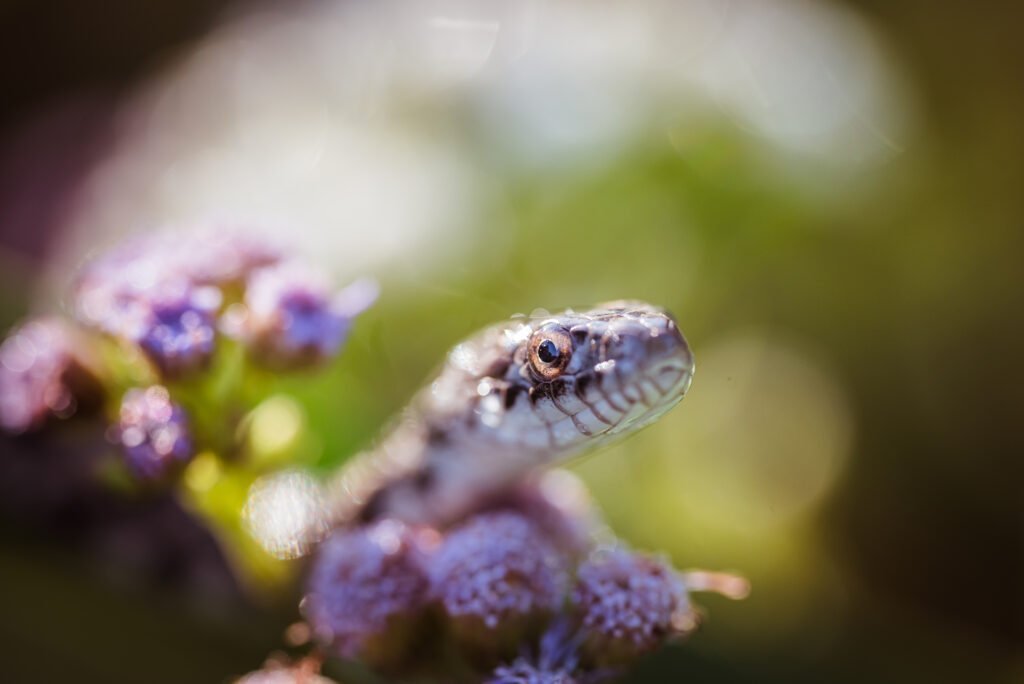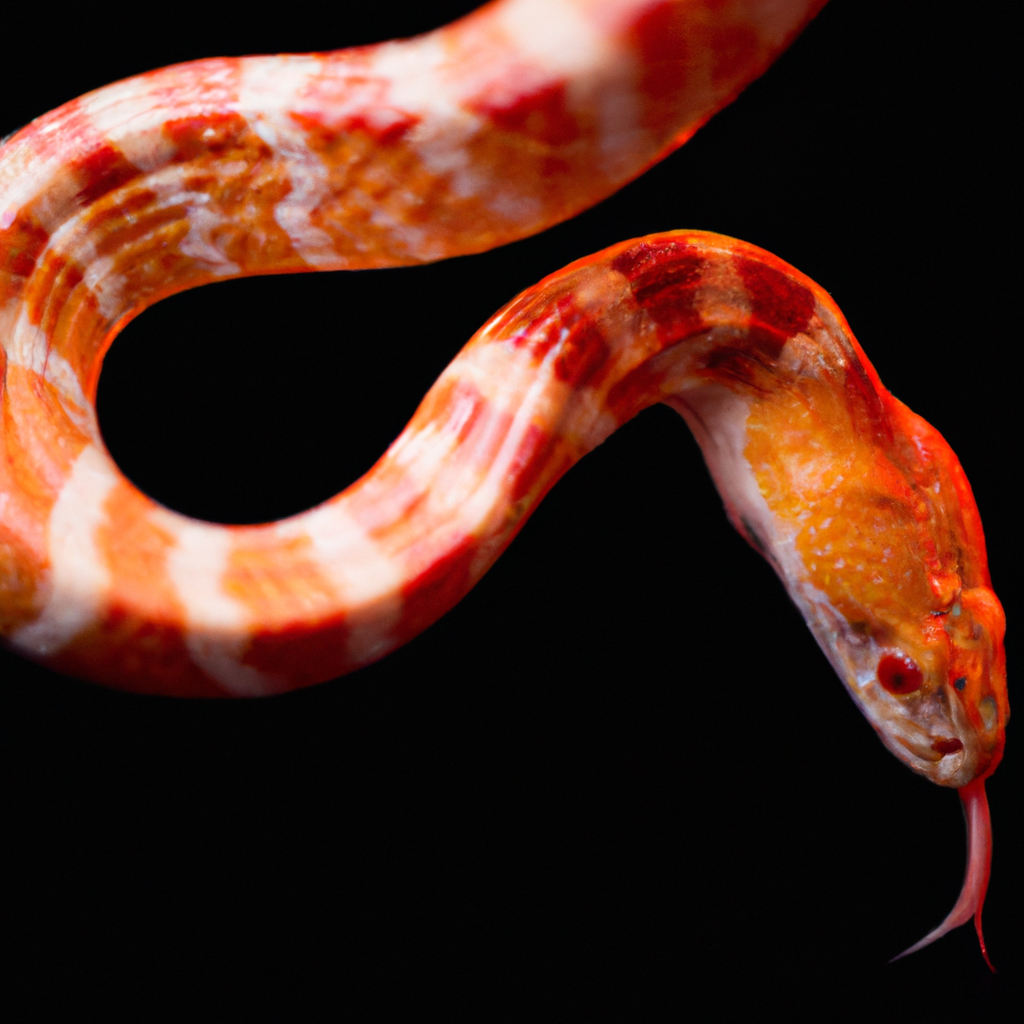Imagine having a pet snake that you adore, only to find out that it is not feeling well. In this article, we will discuss the various diseases that can affect corn snakes, also known as Serpiente De Maíz, and how to identify and treat them. Whether you are a snake lover or a concerned owner, this informative guide will provide you with the knowledge you need to keep your corn snake healthy and thriving. So, let’s dive into the fascinating world of Serpiente De Maíz Enfermedades!

Common Diseases in Corn Snakes
When it comes to owning a corn snake, it’s important to be aware of the potential diseases that can affect these fascinating reptiles. By understanding the common ailments and their causes, you can take the necessary steps to prevent and treat them. In this comprehensive article, we will delve into the most prevalent diseases among corn snakes, including respiratory infections, digestive disorders, mouth rot, parasitic infestations, and skin issues. By familiarizing yourself with the signs and symptoms of these diseases, you can provide the best care for your corn snake and ensure their overall health and well-being.
Causes of Corn Snake Diseases
Before we delve into the specific diseases, it’s crucial to understand the underlying causes that can lead to these ailments. Poor husbandry practices, such as inadequate enclosure size, lack of hiding spots, and a dirty environment, can significantly impact a corn snake’s health. Additionally, factors like incorrect feeding, stress from overhandling, and improper temperature and humidity levels can weaken the snake’s immune system, making them more susceptible to various diseases.

Recognizing Signs of Illness
To effectively care for your corn snake, it’s essential to recognize the signs of illness early on. By being vigilant and observant, you can identify any potential health issues before they worsen. Some common signs of illness in corn snakes include respiratory symptoms like wheezing or excessive mucus, digestion problems such as regurgitation or loss of appetite, oral infections characterized by swollen gums or discharge from the mouth, indications of parasitic infestations like weight loss or abnormal feces, and skin abnormalities like blisters or shedding difficulties.
Treating and Preventing Corn Snake Diseases
When it comes to treating corn snake diseases, prompt action is crucial. If you suspect your snake is unwell, it’s best to consult a veterinarian specializing in reptiles. A thorough examination can help determine the exact ailment and the most appropriate treatment. In some cases, antibiotics or other medications may be prescribed, accompanied by detailed instructions on their administration. However, prevention is always better than cure. By improving habitat conditions, providing proper feeding and nutrition, and minimizing stress through careful handling, you can create an environment that promotes your corn snake’s well-being and reduces the risk of diseases.

Respiratory Infections in Corn Snakes
Respiratory infections are one of the most common ailments in corn snakes and should be promptly addressed to prevent further complications. These infections are often caused by poor husbandry practices or exposure to cold temperatures. Symptoms of respiratory infections in corn snakes include wheezing, bubbling sounds when breathing, nasal discharge, open-mouth breathing, and lethargy. If left untreated, respiratory infections can quickly progress and lead to pneumonia or other serious health issues. Treatment typically involves antibiotics prescribed by a reptile veterinarian, and ensuring proper temperature and humidity levels in the snake’s environment.
Digestive Disorders in Corn Snakes
Digestive disorders can cause significant discomfort and pose a threat to a corn snake’s overall health. These disorders can arise from various factors, including incorrect feeding practices, gastrointestinal obstructions, or underlying metabolic conditions. Symptoms of digestive disorders may include regurgitation, loss of appetite, bloating, constipation, or abnormal bowel movements. Treatment for digestive disorders usually involves dietary adjustments, ensuring appropriate feeding sizes, and providing ample opportunities for proper digestion. Consultation with a reptile veterinarian is essential to diagnose the specific disorder and develop a tailored treatment plan.

Mouth Rot in Corn Snakes
Mouth rot, also known as infectious stomatitis, is a bacterial infection that primarily affects a corn snake’s oral cavity. This condition can be highly painful for the snake and potentially lead to secondary infections or complications if left untreated. Poor husbandry practices, such as dirty enclosure conditions or abrasions in the mouth, are common causes of mouth rot in corn snakes. Signs of mouth rot include swollen or discolored gums, excessive salivation, and the presence of white or yellowish cheesy discharge. Treatment typically involves cleaning the oral cavity using an antiseptic solution, administering antibiotics, and ensuring optimal husbandry conditions to prevent recurrence.
Parasitic Infestations in Corn Snakes
Parasites can prove to be a significant threat to your corn snake’s health. These infestations can result from exposure to contaminated prey or poor hygiene practices within the enclosure. Common parasites affecting corn snakes include mites, ticks, and internal parasites like roundworms or tapeworms. Symptoms of parasitic infestations may include weight loss, decreased appetite, abnormal stools, or visible parasites on the snake’s body. Treatment for parasitic infestations typically involves using appropriate medications prescribed by a reptile veterinarian and implementing measures to prevent reinfestation, such as regular enclosure cleaning and quarantine procedures for new reptiles.

Skin Issues in Corn Snakes
Skin issues, ranging from minor irritations to severe infections, can significantly impact a corn snake’s well-being. These issues can stem from various causes, including poor husbandry practices, inadequate humidity, improper shedding, or injuries. Signs of skin issues may manifest as blisters, inflammation, scale damage, retained shed, or difficulty shedding. Treatment for skin issues often involves ensuring appropriate humidity levels, providing a proper shedding environment, and using topical treatments or medications as prescribed by a veterinarian specializing in reptile care. Maintaining a clean and suitable habitat is crucial to preventing skin issues in corn snakes.
Poor Husbandry and its Effects
Poor husbandry practices can greatly contribute to the development of diseases and ailments in corn snakes. Maintaining a suitable environment for your snake is essential for their overall health and well-being. Inadequate enclosure size restricts the snake’s movement and can lead to stress or physical injuries. A lack of hiding spots denies the snake a sense of security and can cause chronic stress. Insufficient temperature gradient or incorrect substrate can impact the snake’s digestion and thermoregulation abilities. A dirty environment can introduce harmful bacteria or parasites. By investing in proper husbandry practices and education, you can provide a safe and comfortable home for your corn snake.
In conclusion, understanding the common diseases in corn snakes, their causes, and the importance of early recognition and treatment is vital for any corn snake owner. By prioritizing good husbandry practices, maintaining suitable temperature and humidity levels, offering proper nutrition, and minimizing stress, you can provide the best care for your corn snake. Regular veterinary check-ups and consultations with reptile experts are invaluable in ensuring the long and healthy life of your beloved pet. Remember, a well-informed and attentive owner is the key to keeping your corn snake happy and disease-free.